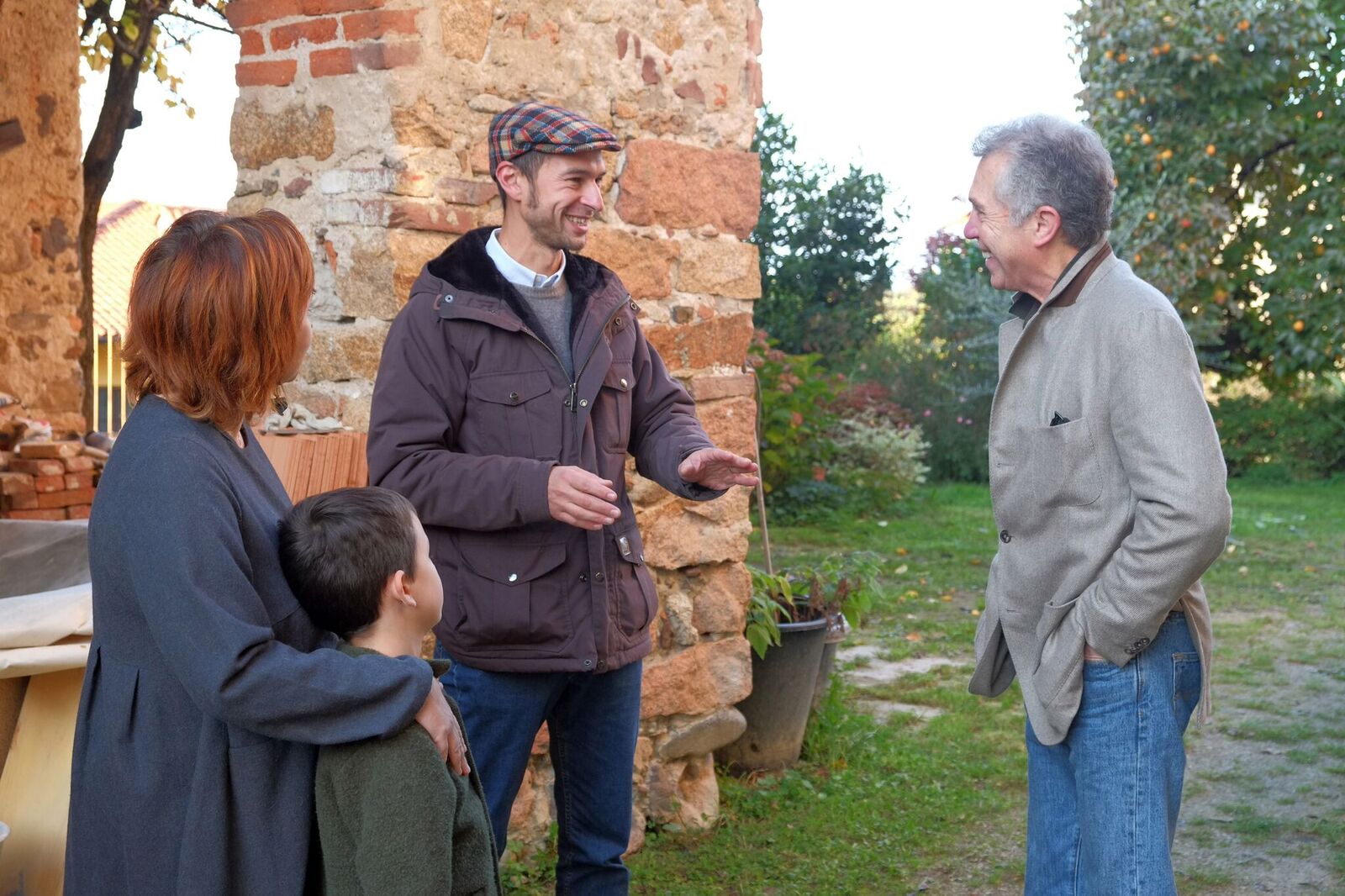Battling the elements in Austria’s southernmost wine region
Bordered by Slovenia to the south, Styria occupies the southeast corner of Austria, with its eastern edge flanking the Burgenland’s western edge along its entire length. Styria, or Steiermark in German, divides into three winegrowing areas: Südsteiermark (South Styria); Weststeiermark (West Styria), or Schilcherland; and Vulkanland Steiermark, Styria’s largest winegrowing subregion, named after the slopes of the extinct volcanoes (Vulkane) on which many of its vineyards are planted. Although its surface area is close to that of the larger Niederösterreich (Lower Austria) to the north, Styria comprises just ten percent of all Austrian wine by volume. The region’s climate is mercurial and difficult: cool winds from the Alps clash with warm breezes from the Adriatic Sea to the south and Hungary’s Pannonian plains to the east, bringing lots of rainfall and frequent hailstorms; and the zone’s extremely cold nights—diurnal shifts regularly exceed 20 degrees Celsius during summer—make for a lengthy growing season.


Growers








